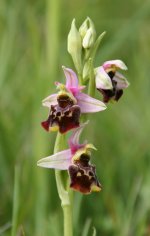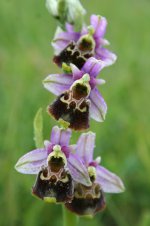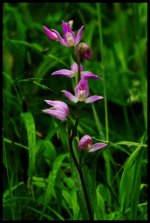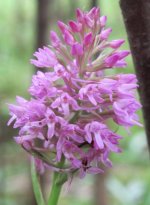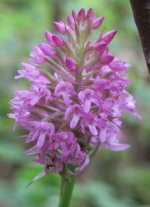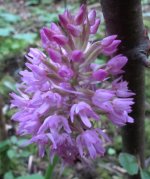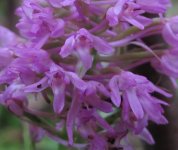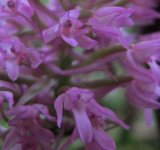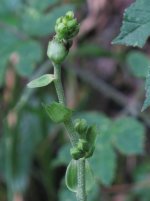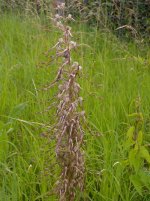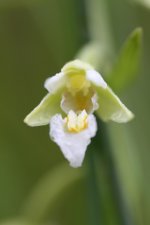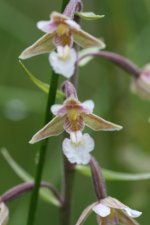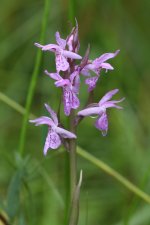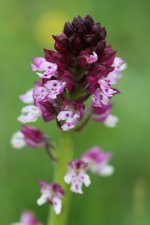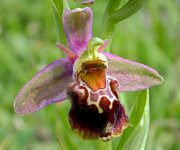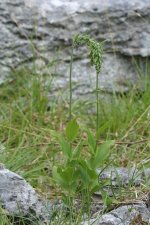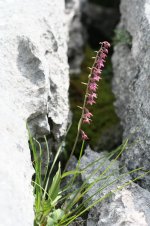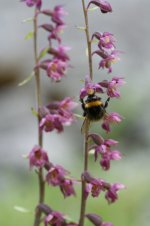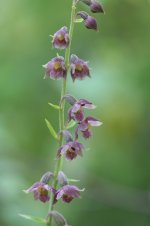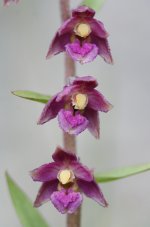Ghostly Vision
Well-known member
Is this hybrid rare? I've only ever seen it once at Parkgate (I think the same plant pictured on the first page of the Late-spider section in Harraps).
Mike.
Hi Mike
James H perhaps better placed than me to answer that, but I seem to remember reading a paper from Richard Bateman on LSO and the number of hybrids at English sites was, to me, surprisingly high.
I think he recorded it at all but one of the sites he visited. How they were determined (it was morphologically, not genetically), I'm not certain, but RMB is the BSBI referee for Ophrys.
It is with this background that I was ready to pronounce Rich's plants as hybrids.
British plants are odd in general, though, because I've seen LSO in several countries on the Coninent and they seem much less variable within individual populations. I've seen pics from some places, however, where they come in all shapes and sizes - but again perhaps with possible hybrid influence.
It is my understanding that LSO has a specific pollinator,which does not occur in England. Not sure if that is correct (someone who I consider should've known that told me), but if it is, that would mean British plants shouldn't survive - although I suspect human intervention (pollination) is keeping them where they are. I'd also suspect the gene pool is pretty low, meaning potential issues with them in the long term.
Sean




